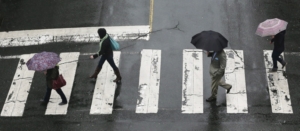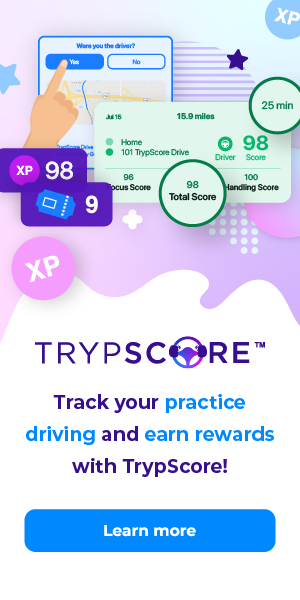Steve Wallace: Thoughts on drivers sharing the road

A reader wants more enforcement of pedestrians who cross intersections on the DonÍt Walk signal, Steve Wallace writes.
More responses to reader questions and comments: Dennis had two very salient points to make in his recent correspondence. The first was meant to remind motor-vehicle drivers of the increased speed capability of motorized bicycles. After sharing the road with cyclists, many longtime drivers assume the speed of a cyclist will be much lower than the average car. Many electric bike riders can now keep up with city traffic. Dennis wants all drivers to look intently at all cyclists when estimating their speed. The additional power-assist mechanisms can surprise some motor-vehicle drivers.
His second suggestion refers to travelling on a freeway with truckers. He finds it safer to travel in a trucking lane. They tend to maintain consistent speed and space margins. In short, they are safer behind the wheel. It provides Dennis with a reduced-stress commute.
Elizabeth referenced a recent suggestion by some Victoria residents, who want the default speed limit in residential neighbourhoods to be reduced from 50 km/h to 40 km/h. Elizabeth’s priority list of safety initiatives is simple, and this speed change is not one of them. She wants enforcement of pedestrians who put themselves in danger by crossing at an intersection on the Don’t Walk signal. Amber- and red-light runners are also a problem that needs to be addressed. More traffic deaths happen at intersections than at any other location. Elizabeth writes that this should be our priority: Once addressed, then take a serious look at the lower default speed issue.
Andy wanted to know my opinion of roundabouts in high-pedestrian-traffic areas and what I thought of mid-block crosswalks.
I generally like roundabouts, which are multi-lane traffic circles in high-volume vehicular areas, with little or no pedestrian traffic. They do not work in high-volume pedestrian areas, since their whole purpose is to keep vehicular traffic moving.
I do not like mid-block crosswalks, unless they are lit up like a Las Vegas casino. They are counter-intuitive. Just when drivers have begun their travel from intersection to intersection, they are confronted with, and often surprised by, an unscheduled stop. It puts pedestrians at risk. Light them up or lose them!
Susan had a great suggestion for drivers encountering cyclists: See a cyclist, say cyclist. This advice is as a result of a CBC radio segment that explored the tendency for motor-vehicle drivers to ignore whatever is not a physical threat. By verbalizing the presence, there is a heightened awareness to the potential danger to the cyclist. Most driving school instructors teach this technique of hazard identification. Try it, it works!
Bruce has two suggestions for enhanced pedestrian safety. He wants drivers to come to a full stop and not try to time pedestrian movement to a rolling stop at an intersection. He also wants drivers to pull up to the crosswalk white line marking, to activate the magnetic looping device. This action by the first vehicle at a traffic light intersection will change the light sooner and be less frustrating for those vehicle drivers behind.
Roy was intending to walk across the street and was waved on by a polite driver, who had stopped to allow the crossing. As he was walking across the first lane and into the second traffic lane, another driver sped past the stationary vehicle and almost hit him. Should the first driver have waved him on? No! Not only is it a demerit on a driving road test, but also likely liability exposure for drivers.
Steve Wallace is the owner of Joan Wallace Driving School on Vancouver Island. He is a former vice-president of the Driving Schools Association of the Americas, a registered B.C. teacher and a University of Manitoba graduate.


